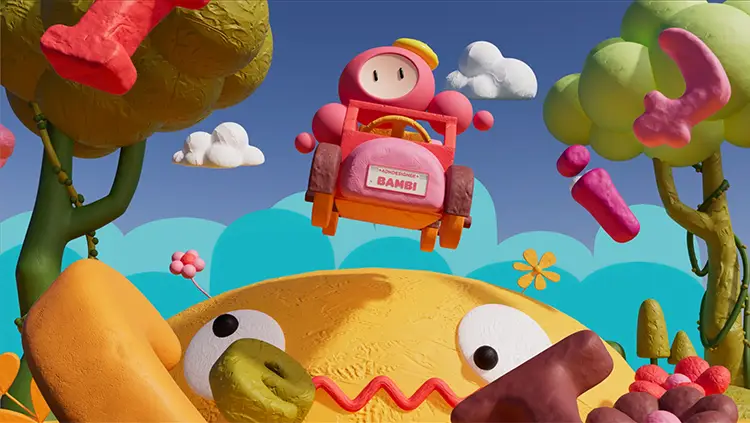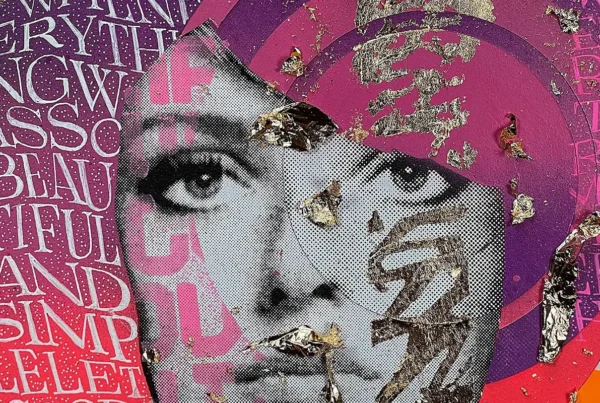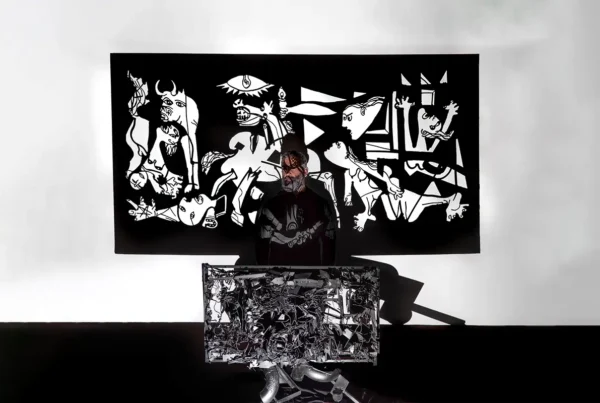“I see animation as a kind of magic that lets me translate human emotion into motion and design.”
Storytelling in Motion: When Images Speak Louder Than Words
Zipei Zhang, professionally known as ZP, is redefining the art of motion design and character animation with work that speaks directly to the human experience. Navigating fluidly between 2D and 3D formats, she fuses visual complexity with emotional precision to create animations that do more than dazzle—they resonate. From her creative base in New York City, ZP is building a body of work that operates on instinct and insight, blending precise movement with raw feeling. Her animations hit fast, but the emotional aftershock stays with viewers, revealing layers of narrative that continue to unfold long after the screen fades to black.
Before ZP ever touched animation software, she had already found her footing in storytelling. Childhood bus rides doubled as stages where she performed improvised tales for family members, using nothing but her voice and gestures to spark laughter and intrigue. That innate urge to express evolved naturally into a fascination with animation—a medium that offered her the tools to transfer physical performance into digital form. Animation became a bridge between her internal world and external expression, a visual vocabulary that allowed her to shape not only characters, but the emotional states they inhabit. For ZP, each project is a performance, translated frame by frame.
Her artistic drive is rooted in a deep appreciation for contrast and rhythm—the sudden shifts, pauses, and crescendos that mimic real emotional beats. ZP is particularly captivated by moments that disrupt expectations, using them to deliver both visual impact and emotional punch. This passion materializes vividly in her animated piece Bridge, which draws inspiration from Qixi, the Chinese Valentine’s Day. Through it, ZP explores how far someone might go for love—visually rendering its fragility and intensity in equal measure. Whether through a crash of motion or a lingering glance, she designs each moment to reflect the extremities of the heart.
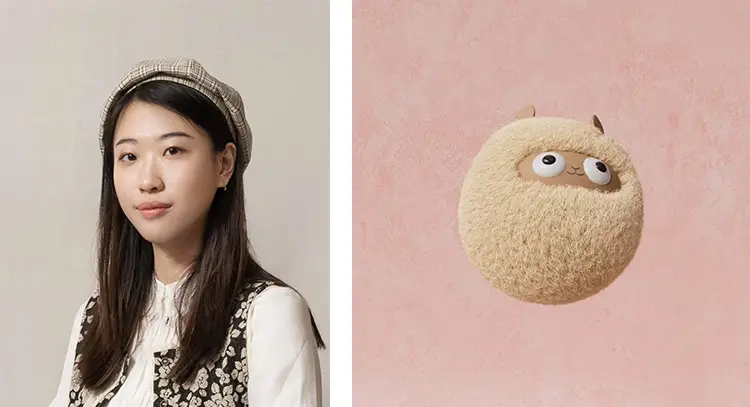
Zipei Zhang: Crafting Feeling from Frame to Frame
ZP’s artistic journey is anchored by a commitment to emotional storytelling, with each animation acting as a mirror to lived experience. Her projects often swing between the fast-paced and the meditative, revealing her sensitivity to emotional gradients. Among the works that shaped her artistic philosophy, Pixar’s Soul, directed by Pete Docter, stands as a defining influence. ZP recalls a moment of quiet revelation while watching the film—especially the scenes where simple acts like feeling the wind or watching leaves fall are elevated to symbols of life’s meaning. It wasn’t just moving—it clarified her own purpose as an artist: to find the extraordinary in the ordinary through motion and design.
Pete Docter’s work continues to shape ZP’s creative compass. His ability to fuse deeply philosophical themes with accessible storytelling left an imprint not just on her artistic sensibility, but on her sense of responsibility as a storyteller. Docter’s films are not simply animations; they’re emotional excavations disguised as entertainment. ZP aspires to bring that same balance into her own body of work—creating pieces that are visually gripping yet emotionally layered. In her hands, animation becomes a tool not just for illustration, but for introspection, giving form to feelings that often go unspoken.
At the center of her future creative ambitions lies a project both intensely personal and emotionally expansive: an animated film about her mother. More than a subject, her mother represents the emotional grounding of ZP’s entire life—a constant source of encouragement and quiet strength. The planned film is not merely an homage; it is a culmination of everything ZP has learned and hopes to express as an artist. Though she intends to undertake it only when she feels her creative voice is fully matured, the vision is clear. It will be a work built not on spectacle, but on presence—a tribute to love’s quiet endurance.
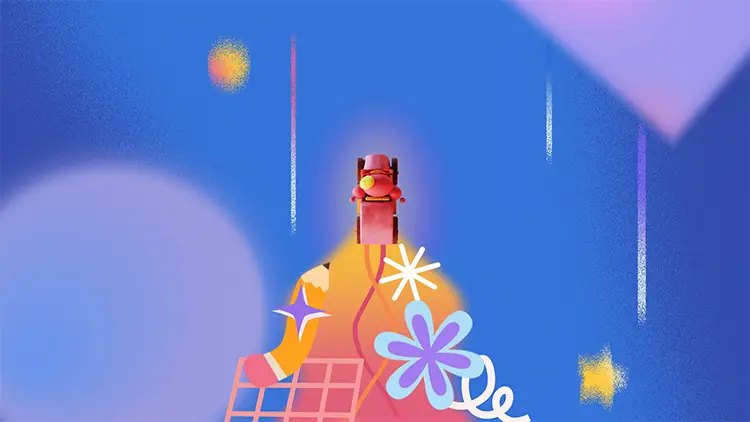
Rhythm as Blueprint: Building Emotion Through Motion
ZP’s creative practice begins not with images, but with silence and space. Her minimalist workspace—a wall-facing desk, an iPad, and a dependable PC—mirrors her philosophy: fewer distractions, clearer focus. Rather than decorate her environment, she opts to strip it back, creating a container for deep concentration. This intentional simplicity supports the mental focus required for animation, where each second is built frame by frame and each decision carries emotional weight. The space itself becomes a partner in her process, helping her enter a mental state where stories are constructed through rhythm, timing, and visual intuition.
Central to ZP’s workflow is her use of rhythm as a creative foundation. She often starts by mapping out the pacing of a scene—the rise, the pause, the fall—before deciding on visuals. This timing-first approach allows her to create movement that feels natural and emotionally guided, as opposed to overly technical. Her focus on rhythm also grants her animations a distinct musicality, with changes in tempo echoing shifts in mood or narrative energy. This method allows her to embed emotion directly into the structure of the animation, letting viewers feel the story through motion even before absorbing the details.
Though she began her journey in 2D animation, the transition into 3D expanded her visual vocabulary, enabling her to approach storytelling with new dimensionality. Her practice also extends into interactive experiences and projection work, but animation remains the heart of her creative identity. It’s the medium in which her instincts align most naturally—where design, storytelling, and rhythm meet. In motion design, ZP finds both the challenge and the clarity she seeks: the challenge of sculpting emotion out of time and space, and the clarity of seeing that emotion land in real-time as audiences respond.
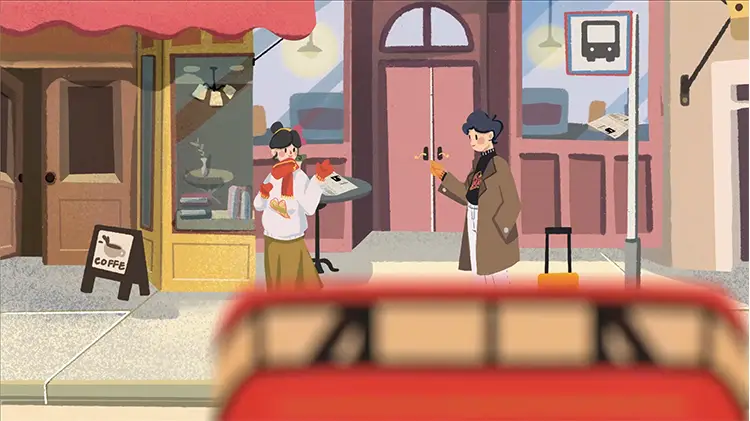
Zipei Zhang: Motion That Hits the Heart Before the Eye
ZP’s work thrives on the tension between spectacle and sincerity. Her animations are visually explosive, often bursting with color and dramatic shifts, but beneath that surface lies a profound commitment to emotional truth. She uses rhythm not just to direct attention but to manipulate feeling, creating sequences that carry the viewer from chaos to calm and back again. The result is work that feels not only dynamic but emotionally charged—like a dance that reveals something personal with every step. For ZP, the visual is never separate from the emotional; they move together, each reinforcing the other.
What sets her apart is the ability to inject vulnerability into even the most stylized animations. Characters feel lived-in, their gestures subtle yet significant. Moments of stillness carry just as much weight as kinetic bursts, reflecting her understanding that emotional nuance often lives in the quietest frames. Whether she’s illustrating joy, longing, or confusion, ZP ensures that feeling is never sacrificed for style. Her characters don’t just move—they react, hesitate, and breathe, offering viewers more than spectacle: they offer connection.
In her ongoing practice, ZP remains committed to pushing both the emotional and technical boundaries of animation. Each new project is an opportunity to refine her voice, expand her toolkit, and challenge the conventions of what animation can do. Whether designing a looping motion for digital campaigns or planning a longer narrative film, she approaches each piece with the same objective: to make motion matter. Her work insists that movement can carry meaning, and that animation—when wielded with intention and care—can strike the heart faster than thought.
